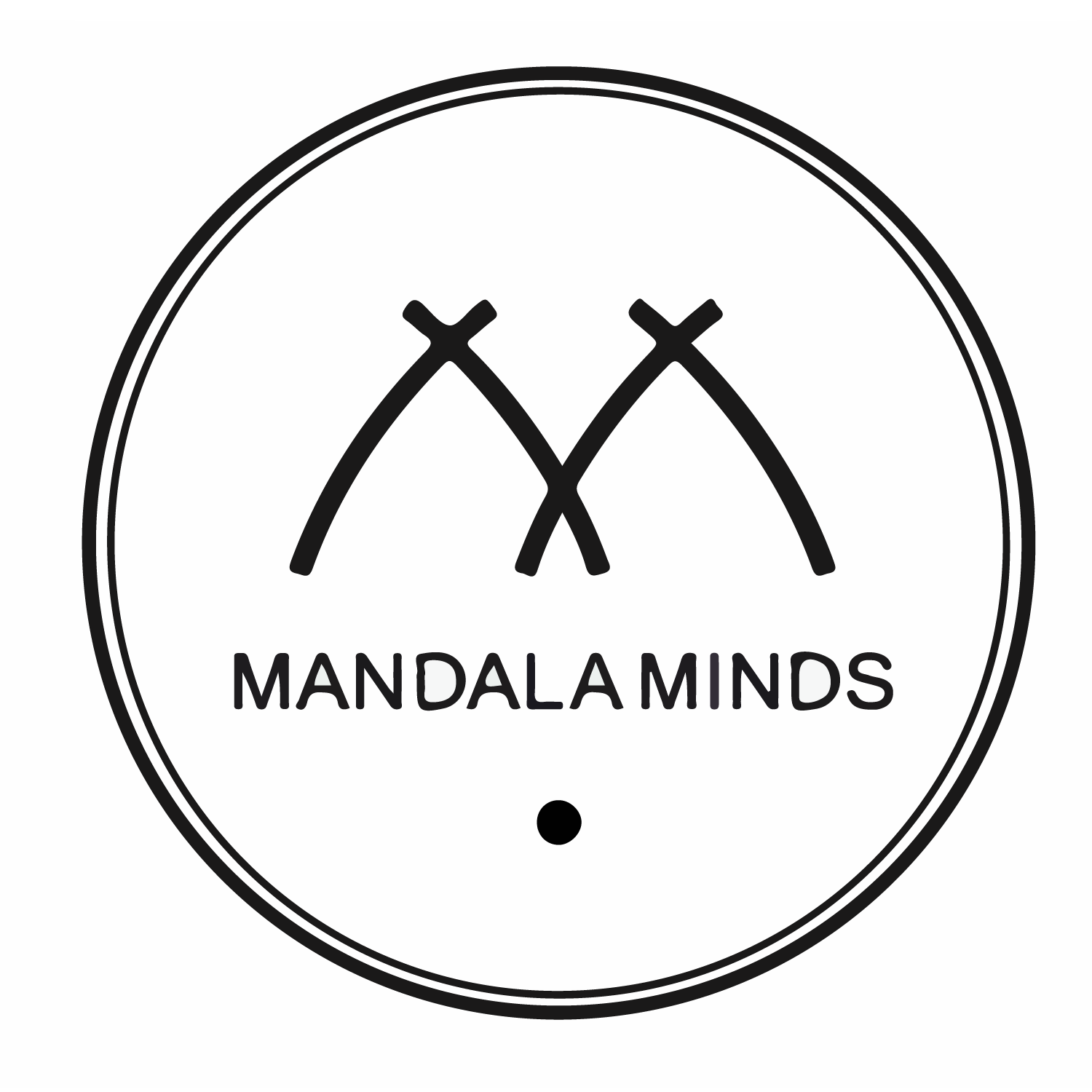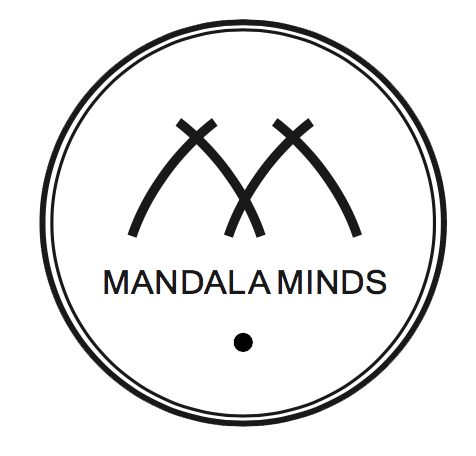7 Famous Circle Artists to Inspire Your Geometric and Abstract Art
Circles are more than shapes they are powerful visual tools used by artists to create rhythm, balance, and bold design. In this post, you’ll discover 7 artists who made circles a defining element of their work, from abstract pioneers like Kandinsky to contemporary icons like Yayoi Kusama. Whether you're drawn to symmetry, repetition, or experimentation, these artists will inspire your own creative process - especially if you love geometric and circular forms in art.
1. Wassily Kandinsky – Abstract Geometric Circle Art
Why he matters: A trailblazer in abstract art, Kandinsky believed geometric forms could express deep emotional and spiritual truths.
Notable work: Several Circles (1926). This iconic piece showcases overlapping circular forms in vibrant colours and various opacities. It’s often cited as one of the most important examples of circle art in the modern era.
Circle connection: Kandinsky described the circle as “the most modest form but asserts itself unconditionally.” For him, circles represented harmony, the cosmos, and the spiritual realm.
Try this: Use three colours to represent your mood and draw overlapping circles in sizes, just like a visual symphony.
Wassily Kandinsky, Composition VIII, 1923. Oil on canvas, 140 × 201 cm. Solomon R. Guggenheim Museum, New York.
Public domain. Image via Wikimedia Commons.
2. Yayoi Kusama – Repetitive Circle Dot Patterns
Why she matters: Kusama transformed polka dots and repetition into a powerful visual language of self-erasure and universal connection. Her immersive installations envelop viewers in endless fields of circles, evoking infinity and loss of self.
Notable works: Infinity Mirror Rooms, Obliteration Room. Her immersive installations envelop viewers in endless fields of circles, evoking infinity and loss of self.
Circle connection: Kusama’s circles are metaphors for the universe and her own psychology. She once wrote, “Our earth is only one polka dot among a million stars in the cosmos.”
Try this: Try adding circles to your circle and mandala art. Go monochrome, or play with colour and size.
Yayoi Kusama, Obliteration Room, 2012. Installation view at the Queensland Art Gallery
Gallery of Modern Art (QAGOMA), Brisbane, Australia. Photo by WomEOS. Licensed under CC BY-SA 4.0. Image via Wikimedia Commons.
3. Hilma af Klint – Spiritual Circle Art Inspiration
Why she matters: Decades before Kandinsky, Hilma af Klint created deeply symbolic abstract art guided by spiritual visions.
Notable work: The Ten Largest series (1907). These large-scale paintings include colourful spirals and circular forms representing the stages of life.
Circle connection: Af Klint’s circular motifs expressed life cycles, cosmic energy, and spiritual evolution, making her an early visionary in geometric and symbolic circle art.
Try this: Start with a central circle and build outward using symmetry and soft, intuitive colours.
If you're inspired by Hilma’s meditative approach, check out our Online Mindful Mandala Art Classes to explore deeper.
Hilma af Klint, The Ten Largest No. 4 –
Youth, 1907. From the series The Ten Largest.
Tempera on paper, mounted on canvas.
Public domain. Image via Wikimedia Commons.
4. Sol LeWitt – Minimalist Geometric Circle Art Ideas
Why he matters: LeWitt shifted the focus from the final artwork to the idea behind it. His use of circles and arcs in wall drawings pushed the boundaries of how shapes could be repeated, rotated, and systematised across large surfaces. His circle art often appears in grids or with instructional precision. His work can be viewed at the Tate and his colourful circle art is featured on Artsy.
Notable work: Wall Drawing #289 (1976). In this piece, arcs drawn from the corners of a grid-based wall space create layered circular motions. It’s a prime example of how circle-based geometry can become both structured and dynamic.
Circle connection: LeWitt’s circles aren’t emotional or symbolic — they’re logical. But through repetition, they build hypnotic, meditative rhythms. His work reveals how circle art can be about thought just as much as feeling.
Try this: Choose one circle size and repeat it across your canvas, playing with alignment and colour.
5. Frank Stella – Bold Geometric Circle Art
Why he matters: Stella broke away from emotional expressionism with a “what you see is what you see” mindset. His later works, however, used dynamic circular shapes to explore movement, layering, and architectural scale. His work can be viewed at the Met Museum.
Notable work: Harran II (1967)
This vibrant, large-scale painting features interlocking circles and arcs in vivid colours. It’s one of the best-known examples of Stella’s protractor series, where he used a drawing tool — the protractor — to create architectural arrangements of colour and curve.
Circle connection: Stella’s use of circles was rooted in precision and motion. His forms feel both engineered and expressive, showing how circles can be both mathematical and visually explosive.
Try this: Create a circle design using and alternate the colour in each layer. Think bold.
6. Bridget Riley – Hypnotic Optical Circle Art
Why she matters: Riley’s work transformed abstract geometry into a sensory experience. She used repetition and variation to explore how we see — and how we’re affected emotionally by what we see.
Notable work: Blaze 1 (1962). Though not composed of traditional circles, this painting uses undulating curved forms that ripple like concentric waves. Her later series incorporates overlapping circular motifs that shimmer and pulse, demonstrating how circle-inspired optical art can affect perception.
Circle connection: Riley's use of circular repetition creates tension and motion, pulling the eye in different directions. She reveals how circles in art can be hypnotic, energetic, and deeply psychological.
Try this: Use black-and-white concentric circles or wave-like lines spaced rhythmically to mimic optical illusions. Play with spacing, scale, and contrast to create depth and movement.
Want to create precise circular patterns like Riley?
Our handcrafted circle drawing tool is perfect for exploring optical rhythm and geometric repetition in your own art.
7. Sonia Delaunay – Circular Rhythm & Color Play
Why she matters: Sonia Delaunay was one of the first artists to use colour in a purely expressive way - not to represent objects, but to create mood and motion. Her use of circular forms helped shape a new visual language in early 20th-century art.
Notable work: Electric Prisms (1914). This iconic painting features overlapping arcs and radiating circles in vivid hues, inspired by the energy of electric streetlights. It’s a hallmark of her vision of colour as a source of visual rhythm and emotional response.
Circle connection: For Delaunay, circles symbolised fluidity and continuous motion. She used them to orchestrate visual “beats,” much like a musical composition — making her a true innovator in circular abstract art.
Try this: Use primary and secondary colours to build rhythmic circular compositions that feel like a dance.
Delaunay, Sonia. Rhythm Colour. Orphism. WikiArt.
Ready To Create?
Explore our circle and geometric drawing tools to start experimenting with your own geometric or mandala-inspired designs.
Not sure where to begin?
Read our Beginner’s Guide to Choosing the Best Circle Art Drawing
Drawing Tools and recommendations.
Looking for guidance?
Explore our Online Mindful Mandala Art Classes or view work from other creators in our Art Gallery.
Stay inspired!
Get tips, inspiration, and freebies — straight to your inbox.
Subscribe to our Newsletter below.








